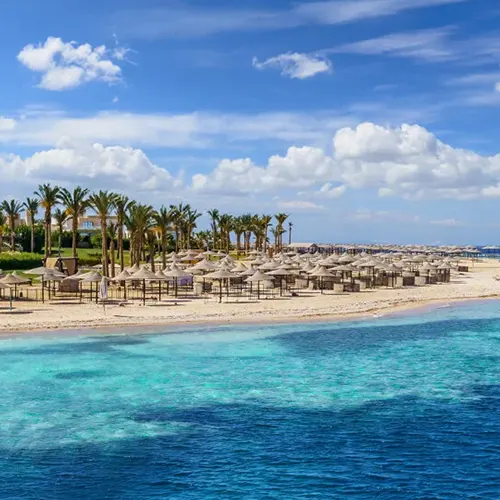
The Luxor Museum is located on the east bank of the Nile River on the Nile Corniche between Luxor Temple and Karnak Complex in Luxor City, and facing the Ramesseum on the west bank . The museum is constructed to display the wealth of rare and valuable antiquities discovered in Luxor and opened to the public on 12 December 1975.
Generally, most of the museum collections were came from the excavations of the Luxor or returned from the Egyptian Museum to their original home. The collections of the museum cover the time from the prehistoric period to the Islamic period.

The museum consists of 2 floors displaying well-carved statues for ancient Egyptian gods and kings, the bulk of it dating back to the New kingdom. In 1989, the cache hall was added to the museum to display the statues discovered in the cache of Luxor Temple. Also, there are statues exhibiting in the garden of the museum.
The museum display distinguishes with its artificial lighting system that highlights the artistic beauty of the objects.
Some master pieces of the Luxor museum:
- The statue of the god Sobek, brought from his temple in Kom Ombo.
- The statue of goddess Hathor

- The mummy of King Ahmose I, who evicted the Hyksos
- A statue of King Thutmose III, the 18th dynasty, New kingdom




